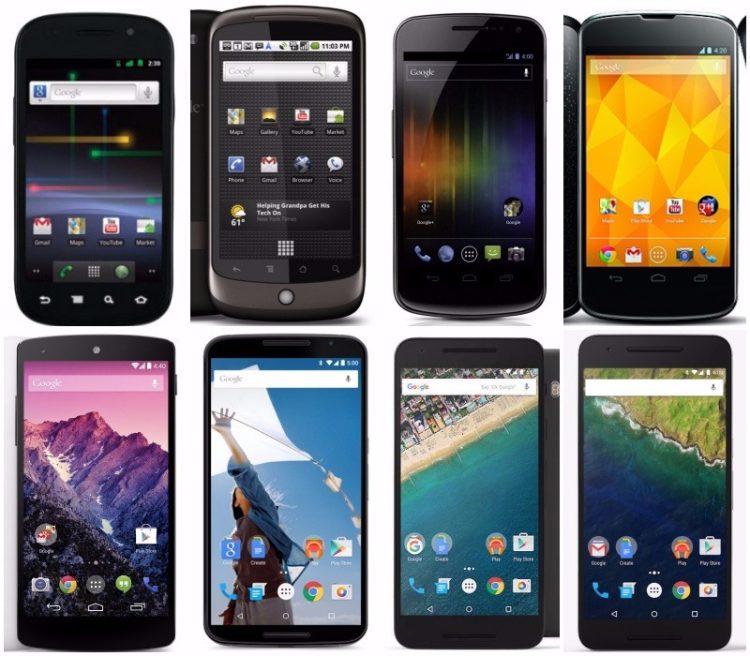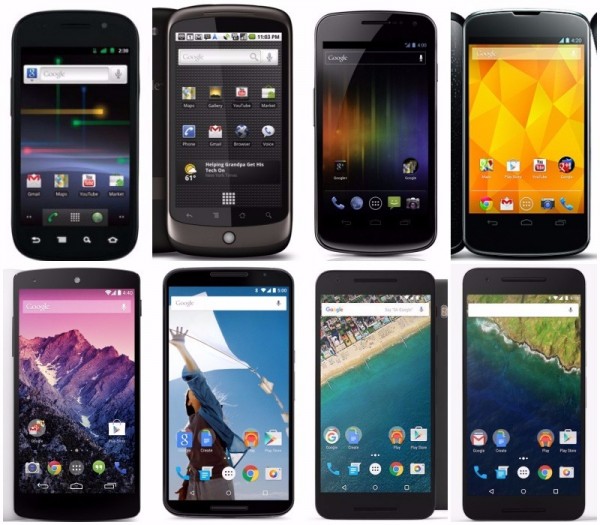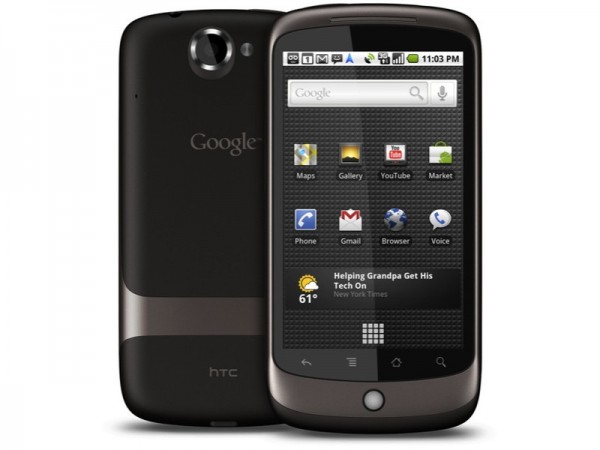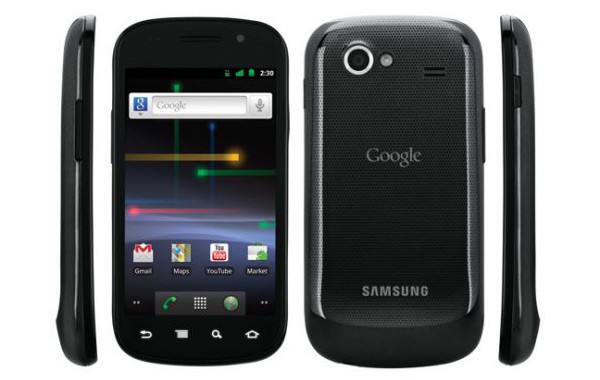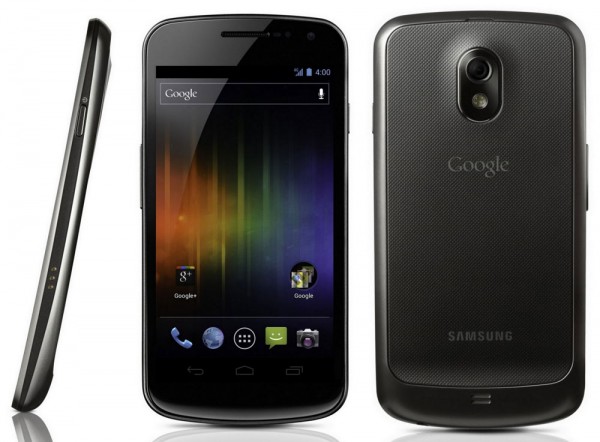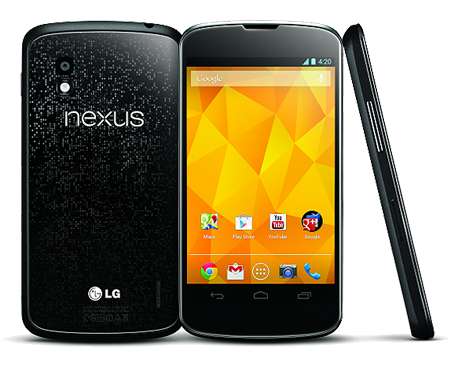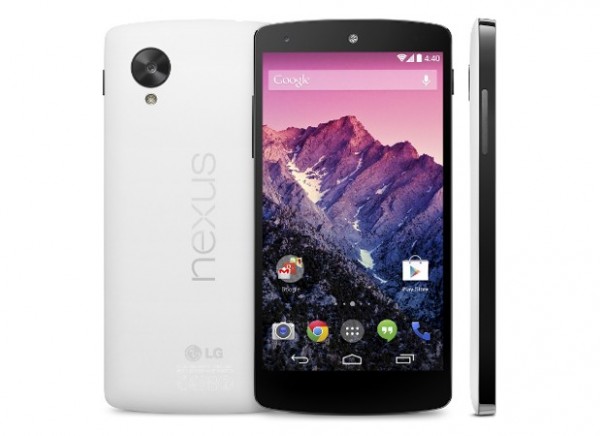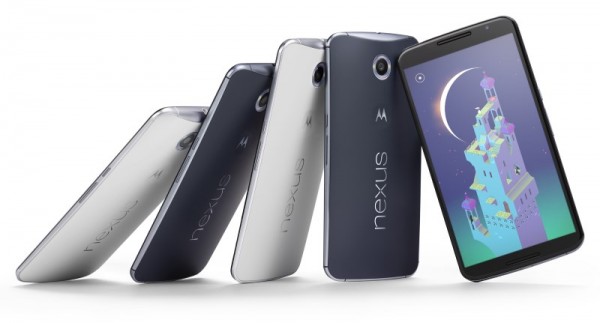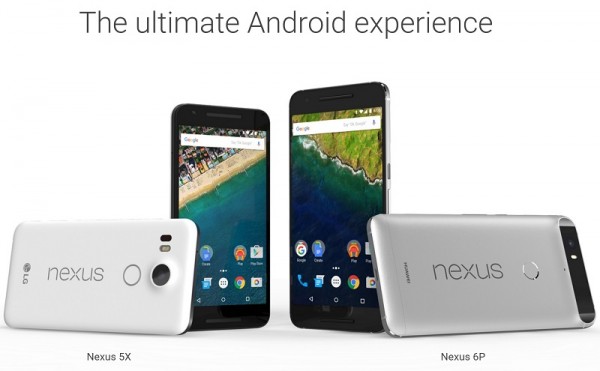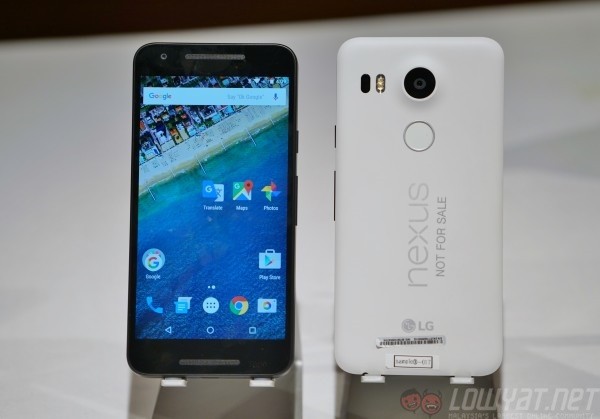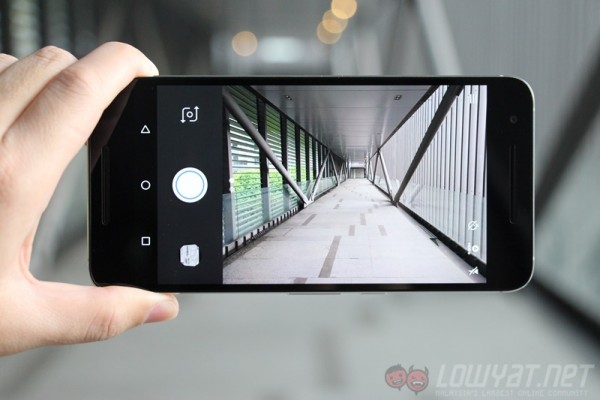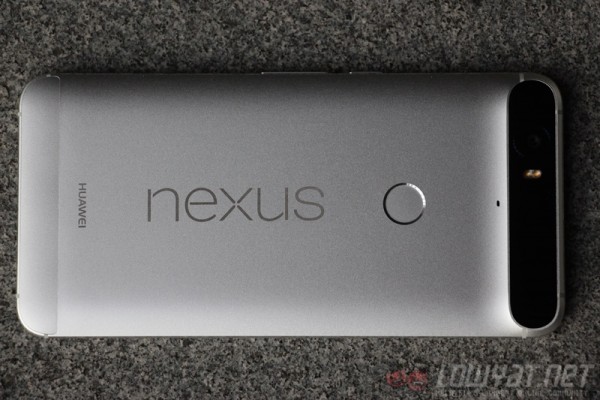What was once a lineup designed for developmental purposes is now one of the most popular series of Android smartphones. Over the years, the Nexus series of smartphones has evolved in many, many ways. From simply being rehashes of existing devices, the new Nexus smartphones now have their own distinct designs and features, which differentiates them from other Android devices.
Of course, the main appeal of a Nexus device is its bloatware-free “stock” version of Android; how Google intends the OS to be like, essentially. To see just how far Nexus smartphones have come, we take a look back at Nexus devices launched over the years.
Nexus One (2010)
It all started with the aptly named Nexus One. Made in partnership with HTC, it was the only Nexus smartphone from the Taiwanese company. Of course, as is the case for all Nexus smartphones, the One marked the debut of a new version of Android at the time: Android 2.1 Eclair. When it was released in 2010, the HTC One featured flagship specifications for its time, such as a 3.7-inch 800 x 480 AMOLED display, a Qualcomm Snapdragon S1 1GHz single-core processor paired with 512MB of RAM, 512MB of internal storage, and a microSD card slot, which made the One the only Nexus device with expandable storage.
What made the Nexus One a particularly interesting smartphone is its trackball, which sort of acts like a mouse for the device. Those who owned a BlackBerry device with a similar trackball can definitely vouch for the usefulness of this small but convenient little hardware. Rounding out the specifications of the One are a 5MP rear camera and a 1,400mAh battery. Yes, the first Nexus device does not have a front-facing camera. “Selfie” wasn’t even a word back then.
Nexus S (Late 2010)
After the Nexus One came the two Nexus devices built by Samsung: the Nexus S and Galaxy Nexus, which were released in late 2010 and 2011 respectively. The former was the first device to run on Android 2.3 Gingerbread, and in terms of similarity, it was quite simply a rehash of Samsung’s own Galaxy S with several design changes here and there. The Nexus S had a 4.0-inch 800 x 480 Super AMOLED display, and ran on a Samsung Exynos 3110 1GHz single-core processor paired with 512MB of RAM, 16GB of non-expandable storage, with 5MP rear and VGA front-facing snappers, as well as a 1,500mAh battery.
Galaxy Nexus (2011)
The Galaxy Nexus, on the other hand, had a more distinct design and specification; it also marks the debut of Android 4.0 Ice Cream Sandwich, not to mention it was officially launched here in Malaysia. While it still retains the same plastic construction of its predecessor, the Nexus S, it was the first Nexus device to be powered by a dual-core processor: the TI OMAP 4460 chipset clocked at 1.2GHz; Texas Instruments exited the mobile chipset business in 2012. The Galaxy Nexus also had more RAM at 1GB, although it still only had 16GB of non-expandable storage. Other hardware of this Nexus device include a 4.65-inch 1280 x 720 Super AMOLED display, 5MP rear and 1.3MP front-facing cameras, as well as a 1,750mAh battery.
One interesting observation can be seen from Google’s choice of manufacturing partner for its Nexus devices. Google has a strict process when it comes to approaching manufacturers to design and build Nexus devices, and one aspect is likely to be the manufacturer’s position in the industry. As a pioneer in smartphones, HTC was chosen to build the first Nexus, while Samsung’s incredible rise in the early 2010s saw it tasked to build two Nexus smartphones. The trend continues today with the Nexus 6P, but first, back to our time machine.
Nexus 4 (2012)
And then came the first Nexus device from LG in 2012, the Nexus 4, which was based on the LG Optimus G. It was the first (and only) Nexus smartphone that has a glass back; it also had an LCD display rather than an AMOLED one, which was used by all of its predecessors. Not only was the Nexus 4 the first device to run on Android 4.2 Jelly Bean, it was also the first to feature a quad-core processor in the form of the Qualcomm Snapdragon S4 Pro chipset, clocked at 1.5GHz. Other noteworthy specifications of the Nexus 4 were a 4.7-inch 720p display, 8GB or 16GB of built-in storage, 2GB of RAM, 8MP rear and 1.3MP front-facing shooters, as well as a 2,100mAh battery.
Nexus 5 (2013)
Moving forward, we have the Nexus 5, which was announced with Android 4.4 Kit Kat in 2013. Compared to the Nexus 4, this device had a bigger 4.95-inch 1080p display (a first for a Nexus device), a powerful Qualcomm Snapdragon 800 processor paired with 2GB of RAM, 16GB or 32GB of built-in storage, as well as 8MP rear and 1.3MP front-facing cameras. It also has a bigger 2,300mAh battery.
The Nexus 5 was also arguably the device that made Nexus smartphones famous. Its low retail price and a larger rollout globally (though sadly not in Malaysia) finally unleashed the appeal of a Nexus device to a larger audience.
Nexus 6 (2014)
Google maintained the momentum in 2014, unveiling the successor to the Nexus 5, the Nexus 6. Based on Motorola’s first generation Moto X, the Nexus 6 was the first Nexus device to be priced at a premium price point. On top of that, it had a huge 6.0-inch 2560 x 1440 AMOLED display, a move which proved to be unpopular among those who wanted a “proper successor” to the Nexus 5. That being said, the Nexus 6 was one of the most well-equipped Nexus devices. It had a 2.7GHz quad-core Snapdragon 805 processor paired with 3GB of RAM, 32GB or 64GB of internal storage, 13MP rear and 2MP front-facing cameras, as well as a decently sized 3,220mAh battery.
If Google learnt something from the Nexus 6, it was the realisation that one single flagship device is no longer valid from 2015.
Nexus 5X (2015)
That’s why this year, we have the new Nexus 6P and 5X, marking a new beginning for the Nexus family. For one, this is the first time Google has released two Nexus smartphones in the same calendar year. They are also the first Nexus smartphones to feature a fingerprint sensor Google dubs Nexus Imprint, which further improves the overall security of these devices.
In essence, the Nexus 5X was introduced to cater to those who want a replacement to the popular Nexus 5 or a more affordable Nexus device. Made in collaboration with LG, the 5X was designed to be slightly below the larger Nexus 6P, with respectable hardware including a 5.2-inch 1080p display, a Snapdragon 808 1.8GHz hexa-core processor paired with 2GB of RAM, 16GB or 32GB of built-in storage, a 12.3MP rear camera, a 5MP front-facing shooter, and a 2,700mAh battery.
Nexus 6P (2015)
And then we have the Nexus 6P by Huawei. Out of the two 2015 Nexus smartphones, the 6P brought the greatest change to the Nexus lineup. Not only is it the first Nexus device from a Chinese manufacturer, it also has the most premium construction among all Nexus smartphones ever released, thanks to a full metal body, a display with Corning Gorilla Glass 4, and a camera that promised to be the best ever on a Nexus. Based on our time with the 6P so far, we have to agree.
https://www.youtube.com/watch?v=4cAHL4LMNlY
In terms of hardware, the 6P is the most powerful and well-equipped Nexus device to date. It has a sharp 5.7-inch 2560 x 1440 AMOLED display, a Snapdragon 810 octa-core processor clocked at 2.0GHz, 3GB of RAM, 64GB of non-expandable storage, 12.3MP rear and 8MP front-facing cameras, as well as a reasonably large 3,450mAh battery. Alongside the Nexus 5X, the 6P is the first device to run on Android 6.0 Marshmallow. In Malaysia, the 6P can be purchased in two colours: Aluminium and Graphite.
Of course, nothing quite summarises the evolution of the Nexus lineup of smartphones like a table. Here is the comparison table of all the Nexus devices released so far:
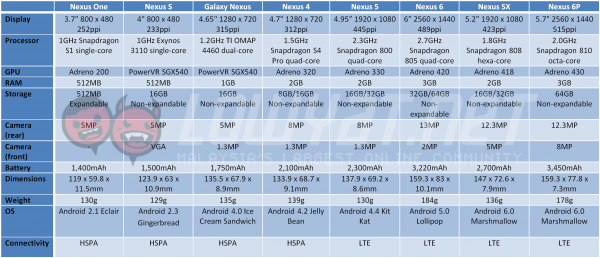 (Click on the table for full size)
(Click on the table for full size)
It is definitely an interesting move by Google to collaborate with Huawei to produce 2015’s flagship Nexus device, the Nexus 6P. Seeing how Huawei is now the number one smartphone manufacturer in China, it seems like Google again approached the manufacturer ascending in strength. It’s also worth noting that this is the first time a Nexus device is launched officially in Malaysia in a timely manner on Vmall.my and Lazada. This is a very commendable move by Huawei, considering that only a few Nexus devices are officially available in Malaysia, such as the Galaxy Nexus, Nexus 4, and Nexus 6.
Huawei’s position in the smartphone market is not dissimilar to that of Samsung half a decade earlier. As the third largest smartphone manufacturer in the world, the company with a history in telecommunications infrastructure is finally making a mark; the Nexus 6P is a testament to how far (and how fast) the company has progressed.
Not only that, it also has a thriving silicon business, recently unveiling a powerful new Kirin 950 processor. The company also introduced a new quick charge battery technology which promises 10 times faster charging times. With a thriving ecosystem across the entire manufacturing line, it won’t be a surprise if Huawei is chosen as the next Nexus’ manufacturing partner next year either.
Disclosure: this article was sponsored by Huawei Malaysia.

